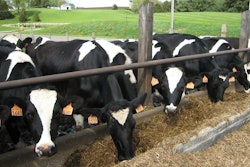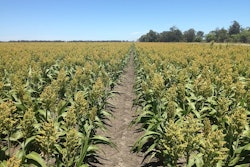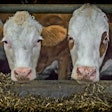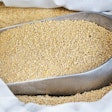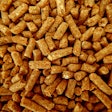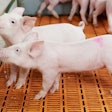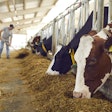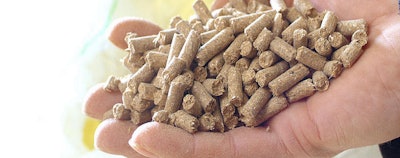
From acidifiers to yeast, the feed additive market is booming, but the best is yet to come.
“To be successful and competitive in the future, producers will need performance options that don’t yet exist,” explains Adam DeRosier, general manager of PMI, a business group of Land O’Lakes Inc. formed in 2015 to offer leading feed technology products.
“To get there, we need to look at how components work together for greater outcomes.”
DeRosier says market pressures, including regulation and consumer-driven market demands, are driving demand for new feed additives. Globally, the market is projected to grow from $16.5 billion USD in 2016 to $22 billion USD by 2022, according to a 2017 report by Global Market Insights.
Based on PMI’s qualitative research conducted with nutritionists, producers, veterinarians and feed buyers across the livestock sector, the company has identified three trends it says may shape the feed additive market.
- Feed additives combinations will grow in popularity. Over 70% of producers now use more than one feed additive, and this will likely continue to grow. Increasingly, producers are seeing the benefits of combining feed additives to produce even greater outcomes.
- Producers are using data to align their teams. PMI’s research found that producers agree on just 60 percent of the top livestock performance and health challenges, leaving room for confusion regarding which challenges to address and how to do so. That means it’s important to track data, so teams are aligned on what’s most important for their operation and address the appropriate challenges with the right tools.
- Producers and nutritionists trust in independent research but will still verify it on the farm. As more feed additive options become available, it’s important to understand who to trust. When making feed additive decisions, producers and nutritionists are putting even more weight on both university research and on-farm testing.



